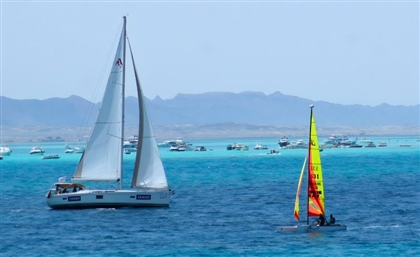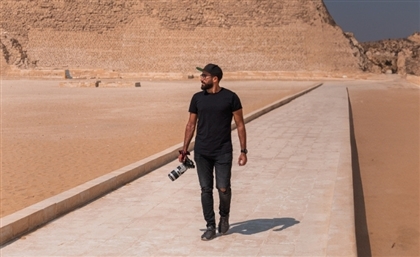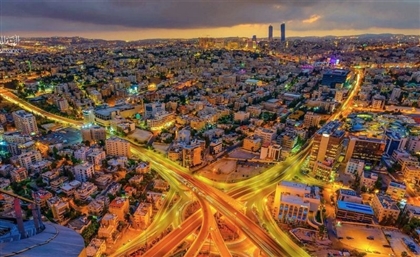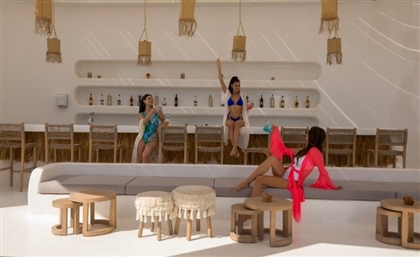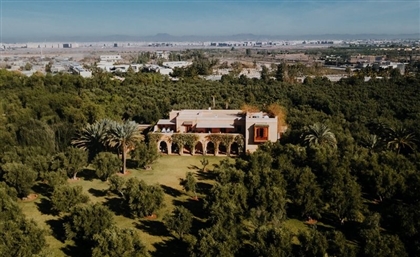This Tunisian Architect Makes Travel Videos for, Well, Architects
A 26-year-old architecture student from Tunisia, Ahmed Bedoui turned street photography into a career—one frame at a time.
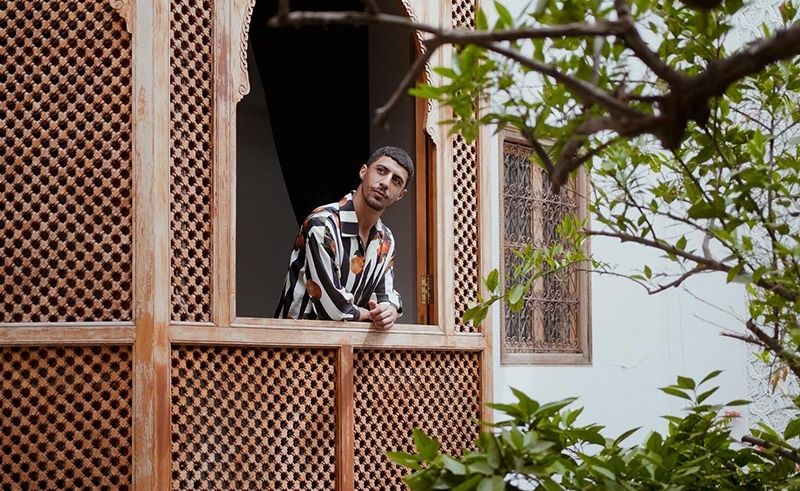
Originally Published on June 13th, 2025
We’ve all fallen down that rabbit hole: the infinite scroll of candy-coloured Santorini balconies, Bali infinity pools, and cherry blossom tunnels that bleed into one homogenised daydream. Travel content has become a global hall of mirrors: same angles, same trending audios, same stolen sunsets. Some creators combat the sameness with increasingly outrageous stunts like handstanding on volcanoes or kissing cobras. Others disappear into AI-generated landscapes where even the dirt looks filtered. But a rare few understand that true discovery happens not when you chase novelty, but when you learn to see the ordinary through extraordinary eyes.
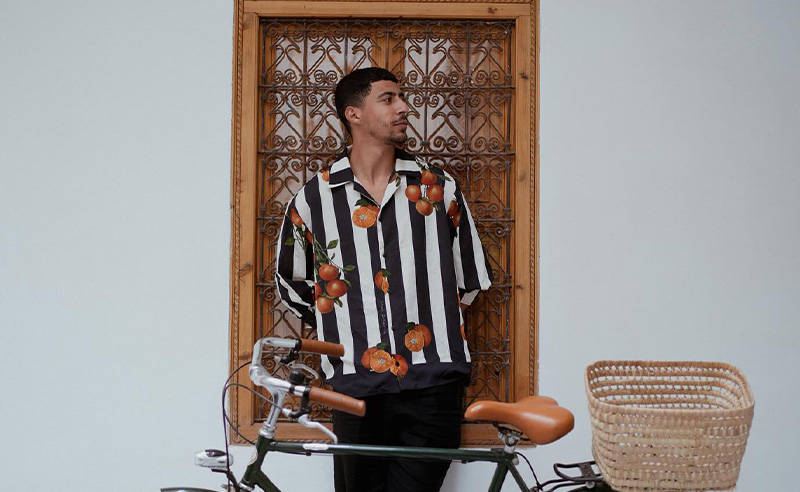
Ahmed Bedoui, a 26-year-old Tunisian architect-turned-travel-influencer, treats Instagram not as a highlight reel, but as a forensic lab for place and memory. In his world, the cracks in cobalt paint on a weathered Medina door reveal generations of salt-laden winds; its iron studs map forgotten blacksmith techniques. While others frame Morocco’s riads for their "instagrammable arches," Bedoui asks: How does this curvature trap cool air? Why does this shadow fall at 32 degrees in December? Whose calloused hands mixed this plaster?
For Bedoui, content creation was never about fame or algorithms—it began with a love for beauty, culture, and the built environment. Born and raised in Tunisia, he’s completing his architectural studies in Sidi Bou Said, the white-and-blue coastal village that shaped his visual sensibilities—and where, accidentally, he began telling a different kind of story…
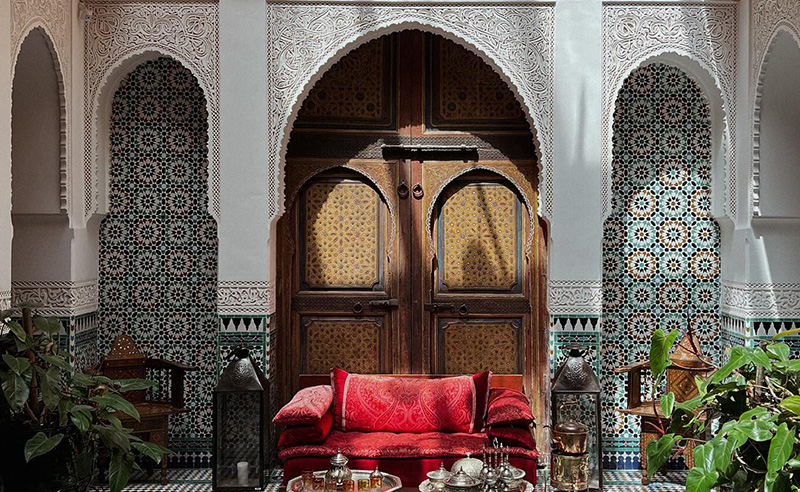
His Instagram handle, @tunisian.bedouin, is both identity and manifesto. “Bedouin” (from the Arabic badija, meaning desert dweller) historically signified nomadic Arab tribes traversing borders from Syria to the Sahara. Though Tunisia’s first president, Habib Bourguiba, urbanised many Bedouins in the 1950s, their spirit persists: hospitality as sacred covenant, movement as birthright, community as survival. Bedoui reclaims this legacy.
And so, what began as a 2020 hobby—photographing the streets of Tunisia—quickly gained traction, with viral videos shot in Istanbul and Egypt introducing him to the power of short-form content on TikTok and Instagram.
“We’re often told that Tunisia, Morocco, Egypt are ‘unsafe,’” Ahmed shares with SceneTraveller. “That’s why I started showing the doors left unlocked for strangers.”
But it was Morocco that really launched his journey. “The first time I went, I tagged the hotels in my stories. A month later, one invited me back for a free stay,” he says, still surprised at the memory. “I didn’t even know what a collab was.”
That turning point opened his eyes to the world of professional content creation.
Encouraged by friends and some early collaborators, he began charging for his work and building a thoughtful, sustainable brand. So, early on, he created his own 50/50 manifesto: half his work would showcase collaborators; half would spotlight the culture and the unseen—crumbling courtyard homes with sunken zellij fountains, hidden hammams behind unmarked doors, and the echo of footsteps in domes built to whisper.
“People always ask what camera I use—and they’re shocked when I say my iPhone,” he says. “But it’s not the device—it’s the eye. As an architect, you learn to notice light, shadow, and the meaning behind spaces.”
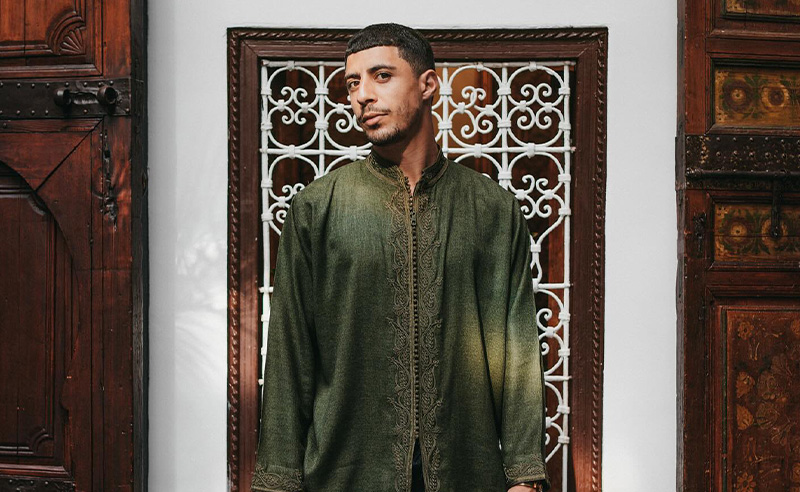
He sees content creation not as a detour from architecture, but an extension of it, letting local design guide his lens. Visiting cities like Cairo and studying the work of architects such as Hassan Fathy helped him see how built environments reflect local culture and climate. This sensibility bleeds into every aspect of his work. His Instagram grid is carefully curated with complementary tones and textures, often highlighting intricate local craftsmanship. “I only share what I genuinely believe in. I see it as a responsibility.”
Still, despite the taxing nature of meticulously curating content, his audience often only sees the polished final product, not the effort behind it: long hours of planning, multiple visits to a location for better light, or even setbacks like having his phone stolen mid-shoot. “People often don’t realise the work that goes into a single 30-second video.”
Eventually, Ahmed dreams of building something tangible—a guesthouse by the sea, maybe in Essaouira, infused with his aesthetic. But for now, graduation is just weeks away. And though his studies might hold his attention for a bit longer, someday soon the road will open up—and he plans to walk it with intention, and the eye of a true (and certified) architect of travel.
- Previous Article flydubai Launches Direct Flights From Dubai to Nairobi
- Next Article Six Unexpected Natural Wonders to Explore in Egypt
Trending This Month
-
Nov 29, 2025




